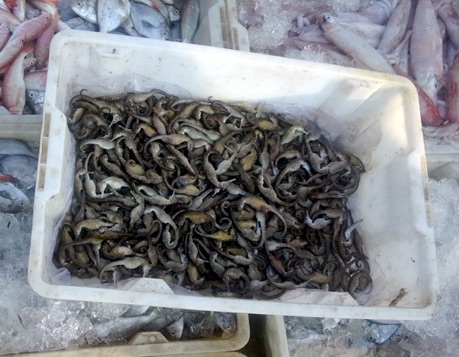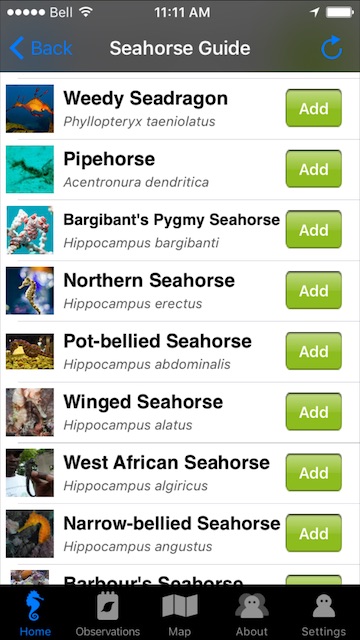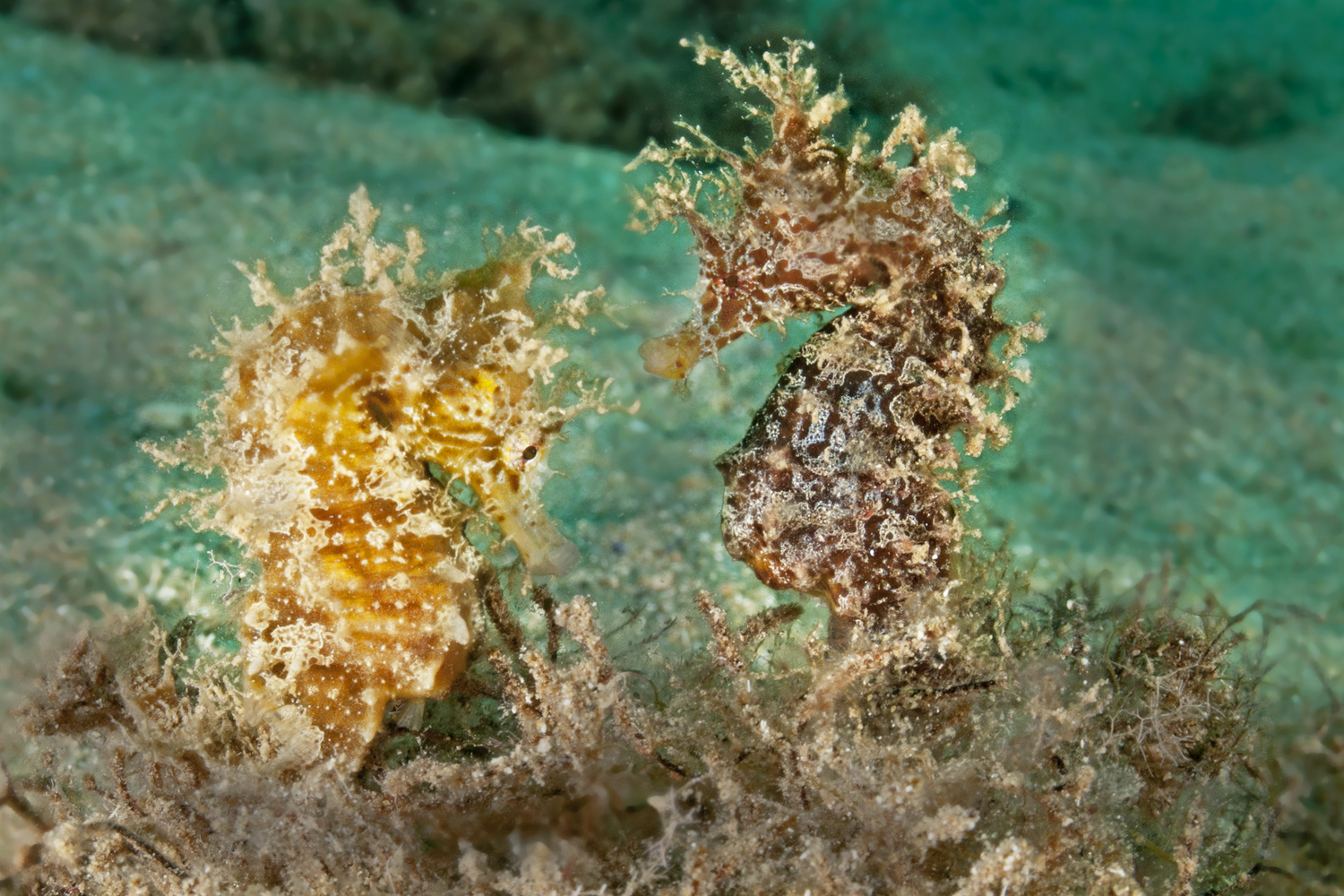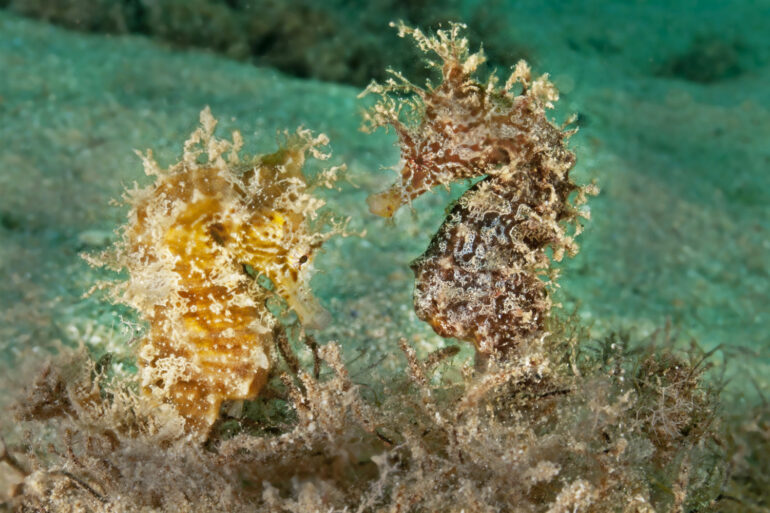International Aquarium Congress | Day 4
Seahorses are among the most delicate creatures we can keep in a home aquarium. And in the wild sadly their population and habitat are just as fragile.
PhD student, Xiong Zhang gave a presentation to Congress delegates about his research to identify and conserve seahorses, in particular throughout China. From his work on Project Seahorse, Zhang has developed the app iSeahorses which has an informative guide to identifying seahorses, and a crowdsources observation component to record seahorse sightings in the wild.
 What we know about seahorses in China
What we know about seahorses in China
“Seahorses are adorable but also important,” said Zhang. “Seahorses can become ambassadors for the sea and help mobilize conservation. Protecting seahorses means protecting many important ocean habitats.”
Seahorses are naturally vulnerable and are frequently caught as bycatch in shrimp trawlers. In the wild seahorses have a low awareness of threats and can be caught easily by these fishing nets.

Sadly tens of million of seahorses are caught every year by shrimp trawlers. At this time, China is the world largest importer and consumer of dried seahorses and also has one of the largest shrimp fisheries. Zhang works in China by talking with local fisheries along Chinas coast and communicating with local institutions about the conservation of seahorses and their habitats.
There are five species of seahorse found in China and during his study, only one species the three spot seahorse (Hippocampus trimaculatus) was commonly sighted in fisheries. The current annual catch is 60 million individuals in China with 99% from shrimp fisheries, and Zhang also found that from 2005-2014, seahorse catch in China has declined nearly 90%.
What we can do collectively is iSeahorse
 iSeahorse came from a desire to learn more about seahorses habitats in the wild and provide a free guide for their identification. iSeahorse is a citizen science platform which so far has collected 2044 sightings of 38 species in the wild.
iSeahorse came from a desire to learn more about seahorses habitats in the wild and provide a free guide for their identification. iSeahorse is a citizen science platform which so far has collected 2044 sightings of 38 species in the wild.
Even if you are not travelling to a natural seahorse habitat we found the seahorse guide to be very informative with pictures and descriptions of 50 species of seahorses. It is simple to upload photos and add you own observation which can help scientist conserve these species in the wild.
How you can help
Zhang and his team conduct outreach to persuade people to stop eating seahorses and shrimp and, the Project Seahorse and iSeahorse teams are looking for partners in China at educational facilities or public aquariums who would like to be involved.




